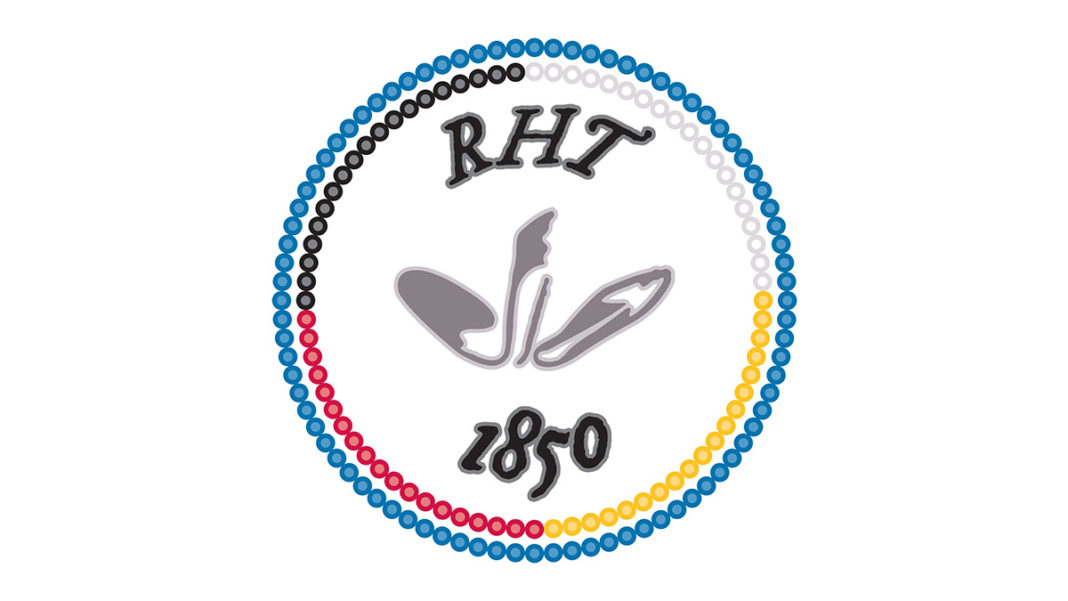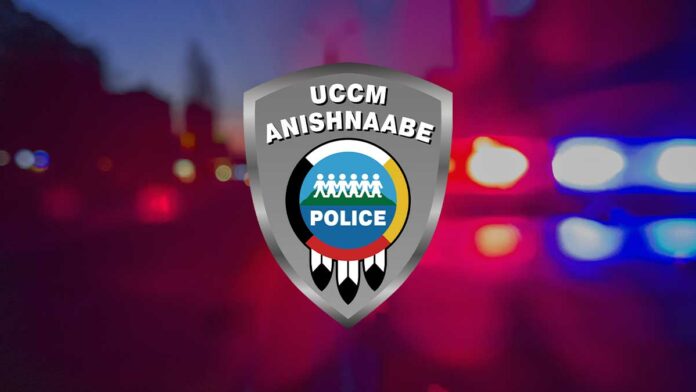SUDBURY—A newly proposed settlement in the Robinson-Huron Treaty (RHT) Annuities Case has moved the process into community consultations, before a final vote on the final settlement agreement on past annuities.
The RHT Litigation Fund, alongside federal Crown–Indigenous Relations Minister Marc Miller and Ontario Indigenous Affairs Minister Greg Rickford, announced the proposed $10 billion settlement this past Saturday, June 17, in Sudbury.
With the proposal in hand, community consultations will quickly begin in each of the 21 RHT First Nations, as the next phase of the process. Litigation is now suspended as this process unfolds, said RHT Litigation Fund legal counsel David Nahwegahbow.
“We know many of you and many in our communities have been waiting a long time for the settlement, and for Canada and Ontario to respect our rights and uphold their treaty obligations. And we will share information as soon as it becomes possible to do so,” said RHT Litigation Fund spokesperson Duke Peltier, of Wiikwemkoong.
“We’ve been asking you to be patient. But don’t worry, we’ll be there. We’re coming to talk,” he said.
The community consultations will happen as soon as possible, but will also allow for time to ensure they happen in a good way, Mr. Peltier said. They could begin as early as this week, while the subject is still top-of-mind for Anishinabek.
This proposed settlement only applies to the underpayment of annuities since 1874. It does not address the ongoing and future amount that First Nations are owed under the annuity agreement.
Sharing information,
asking questions
The consultation process will happen under the Office of Mizhinawe, the wing of the RHT Litigation Fund that will ensure communities have accurate information about the case and can make their voices heard.
The leader of that office is Harry S. LaForme, a judge with a background in First Nation leadership and law, according to the RHT website.
Consultations will be community-led and will report to Mizhinawe. That office has committed to release a report within the next six to eight months from now, which will help the 21 RHT chiefs decide what should happen with their community’s portion of the settlement.
According to historian Alan Odjig Corbiere, of M’Chigeeng, Mizhinawe was a strong warrior and a prominent official within traditional Anishinaabe leadership structures. That person would be involved in official business and negotiations with chiefs and serve as the record-keeper and caretaker of sacred objects.
Mr. Peltier said the community engagement will help develop policies and procedures to make sure the compensation funds are used fairly and uniformly in the various communities.
Dean Sayers, a leader of the RHT Litigation Fund and chief of Batchewana First Nation, said the $10 billion would be distributed to the 21 RHT First Nations according to the terms of a compensation disbursement agreement that had been adopted at the start of the case.
Individual First Nations will decide what they want to do with the funds.
Chief Sayers said the original spirit of the annuities was to support the collective well-being of Anishinabek communities that had signed the treaty. To this end, a major portion of the fund will be set aside for projects that support the long-term health and well-being of the First Nations.
These could be initiatives such as building or upgrading schools, supporting culture and language revitalization, addressing other infrastructure needs or expanding healing programs.
There will also be an amount from the settlement that will go directly to eligible people.
Eligibility questions are a concern
Mr. Peltier said there will need to be tough conversations about who’s eligible to get paid as a beneficiary of the RHT, and who should be making those decisions. He said eligibility is currently controlled by the Canadian government’s Indian Register.
He mentioned two people in Wiikwemkoong, born one year apart to the same parents, but only one of them is considered eligible to receive the annuity.
“Those are the types of complex issues that need to get resolved. There’s also those that have lost their beneficiary status through marriage. Why would they not be entitled to a share of this benefit?” he said.
Ultimately, said Mr. Peltier, this a time when people should share their perspectives and have conversations in inclusive, respectful and open ways, rather than being divisive.
He said there are often community members who don’t share their opinions, who are at a risk of being left behind in this process. There is flexibility in the community consultations for them to happen in settings like a person’s home, a family gathering, or another setting that would help them feel comfortable sharing their views.
“Arriving at a common understanding will only happen if people participate, and they’re allowed to participate regardless of their views. But everyone needs to provide those [views] because the issues are complex,” Mr. Peltier said.
The engagement sessions will also allow people to ask questions of the RHT Litigation Fund representatives, and they will share historical information about the treaty and what a broader treaty relationship with the Crown might mean going forward.
After the consultations
The leaders of the 21 RHT communities and the Litigation Fund’s trustees will take the final report from Mizhinawe and finalize the compensation agreement. Chief Sayers said coming to a consensus may be challenging, since the 21 different communities may have unique priorities and viewpoints.
Then, the agreement will undergo review and signing by the Canadian and Ontarian governments, before it gets a final endorsement in Ontario Superior Court.
Minister Miller, from the federal government, said it was “not up to Canada or Ontario to dictate the terms on which the monies are used.”
Finally, the Office of Mizhinawe will return to the communities once the settlement is finalized, to speak with RHT beneficiaries about what the settlement will mean for them and their First Nation. This will also be shared online and in news releases.
Beyond the past annuities
With the proposed settlement over past annuities now released, the RHT Litigation Fund will continue its work on determining what the annuities should be worth now and into the future.
Mr. Peltier said that question has come up often, and all parties have agreed to return to negotiations over what that amount should be. This is not a legally binding agreement, but rather a political promise that these discussions will happen as negotiations, rather than in court-based litigation.
Minister Miller said this proposed settlement should be a guide for all future governments’ relationships with First Nations, because “there are a lot of unpaid bills in Canada.”
“Canada deprived those communities of the commitments they made and they are a functional driver of the socioeconomic underdevelopment that you see in a number of communities today,” he said. “This is as much about honoring our relationship as it is about leveling the playing field.”
He said it also shows it’s important to back words with actions.
“There are a lot of people that care about reconciliation, but a lot of them want it for free, and reconciliation ain’t free. And I think that’s the realization of that, we’re seeing today,” Minister Miller said.
Minister Rickford said the settlement signified that Ontario is ready to take action on other treaties, including the Robinson-Superior Treaty, to make efforts at negotiating a settlement.
Chief Sayers said the RHT process has also revealed “a lot more clauses in that treaty that are going to see the light of day.”





